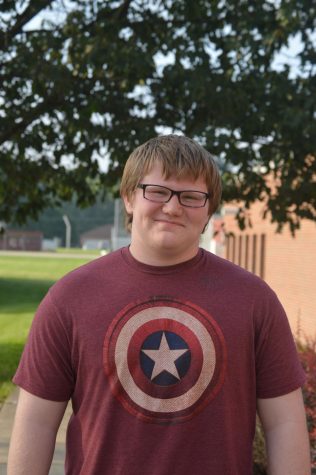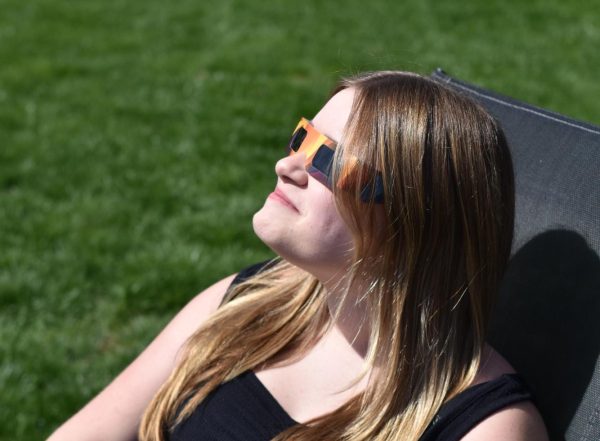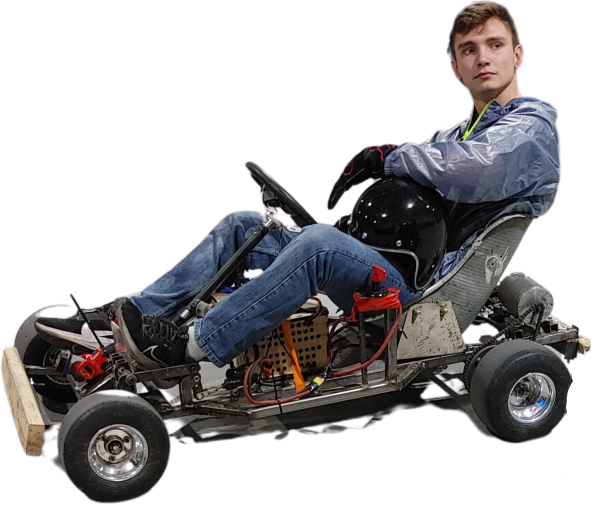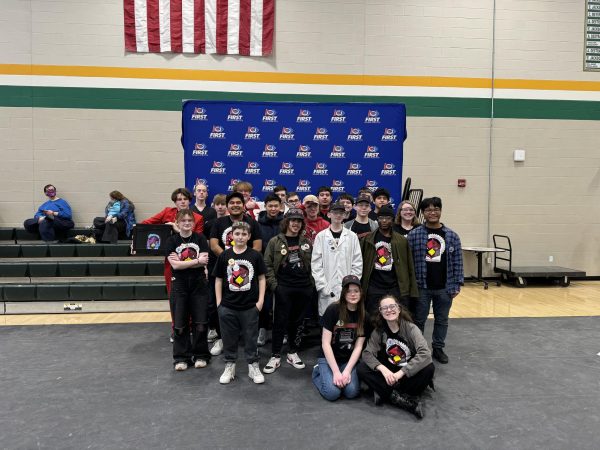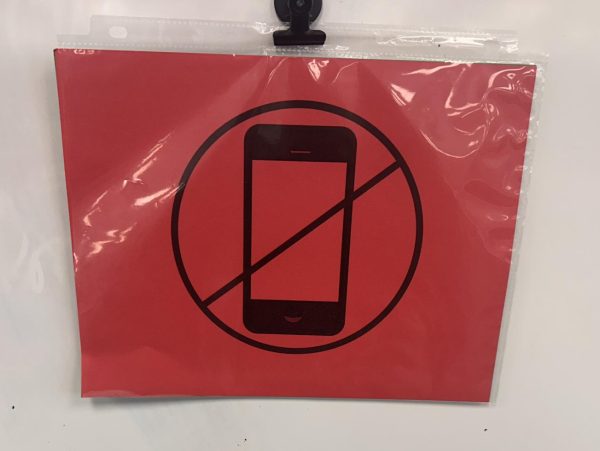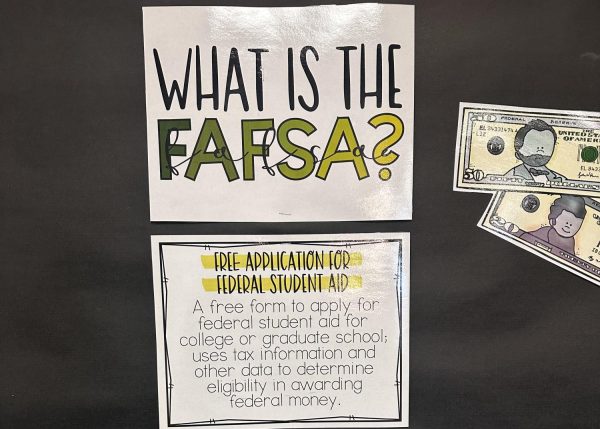Individual Genius projects round out teachers
Knight leads staff in long-lasting self improvement task

Lyndsay Valadez, Madison Gomez
(Left) Math teacher Janet Pernell works with her algebra class on Monday. (Middle) English teacher Brent Bockelman teaches his sophomore EL class on Monday. (Right) Science teacher Stacey Matlock reviews what will be on her final test with her AP Physics class. All of these teachers, along with their colleagues, are participating in a genius project this year.
December 14, 2016
Teachers spend a majority of their day at school grading papers and setting up the lesson for the class they’re going to teach, according to Principal Brian Knight. Rarely do teachers ever get time of their own to try new things to make the classroom more innovative and intriguing to students. Now, thanks to the Genius Project initiated by Knight, teachers have the ability to do that.
“Sometimes we have these great ideas of things we’d like to try,” Knight said. “The big point of it is to try to find some time and space and the attitude of, ‘Hey, let’s push forward and try some new things and take some risks.’”
The Genius Project, which Knight did a smaller version of at SMS, gives teachers the opportunity to create a project of their choice to apply to their classroom to make it an overall better experience. To Knight, not only does he want the teachers to benefit from this project, but it’s important for the students to benefit as well.
For social studies teacher David Luers’ project, his students are studying the different interpretations various historians have about events throughout history. According to Luers, the goal is to dig into why the interpretations are different and to analyze any bias that influenced the historian to portray the event how he or she did.
Luers appreciates what Knight is doing with giving teachers this opportunity to change the classroom experience.
“I like the chance that it gives me to branch out and take some risks,” Luers said. “I want my students to be deeper thinkers… it’s definitely nice to know that’s being supported.”
Sophomore Emma Sprague, one of Luers’ students, hasn’t experienced his project firsthand, but definitely likes the idea and how Luers is trying unique ways to expand the knowledge of his students.
“I think it would be fun,” Sprague said. “Stuff like that is interesting to me.”
Math teacher Ethan Coffman is taking a more hands-on approach with his project. Coffman is planning to invest in a 3D printer for his classroom and to make the math problems more hands-on. His biggest hope for this project is that his students have fun and look at problems from a different perspective. Most of all, though, Coffman is thankful for the freedom that this project grants him as far as what he wants to apply to his class.
“It means I can be creative,” Coffman said. “I appreciate that Knight believes in us.”
EL teacher Amy Peddie’s hope, on the other hand, is to connect students to each other and for students to learn about how foreign students came to America. To do this, she has decided to dedicate her project to showcasing the journey her EL students made to get where they are.
From Feb. 10-24, Peddie will have giant maps of North America and Asia that she plans to lay out in the IMC. During IPass, students can come to the IMC to talk to the EL students about their journey to the U.S.
“I like that we can do something we’ve always dreamed of doing.” Peddie said.
Luers, Coffman and Peddie will have their Genius Projects fully running and operational starting second semester. They all hope that, in the end, the students benefit from it and that students get a new and fresh experience from it.


